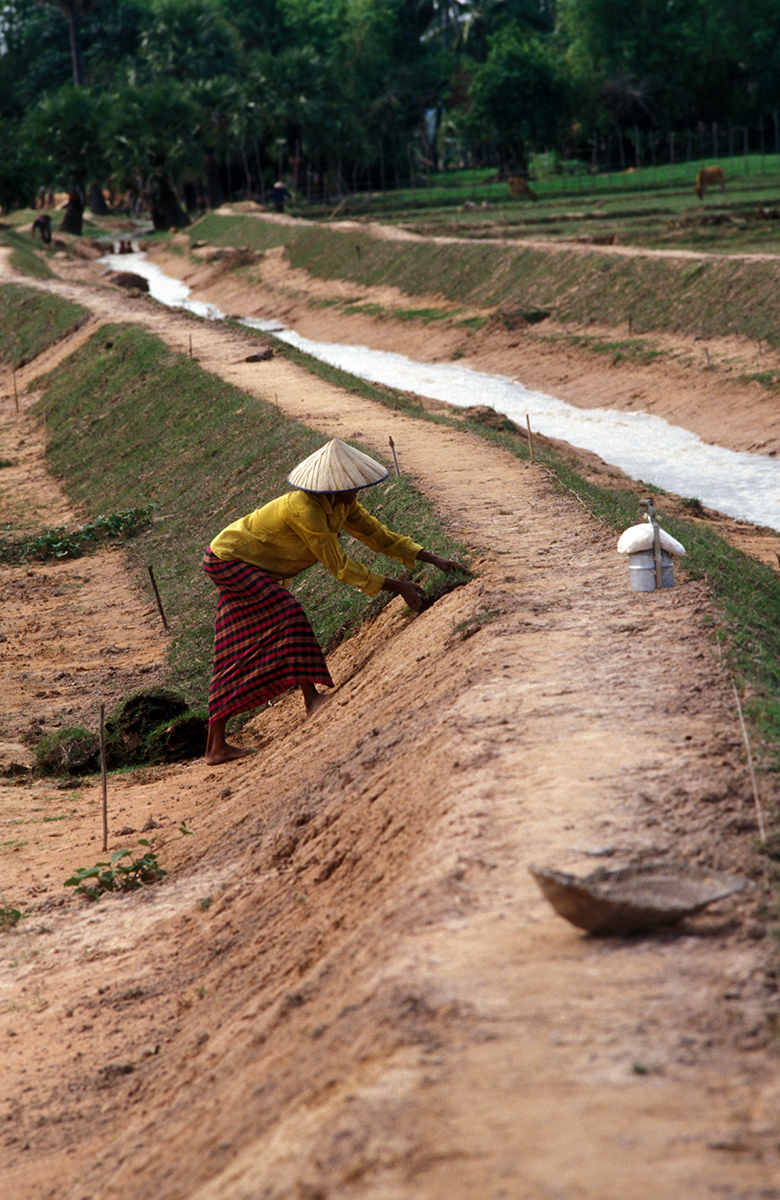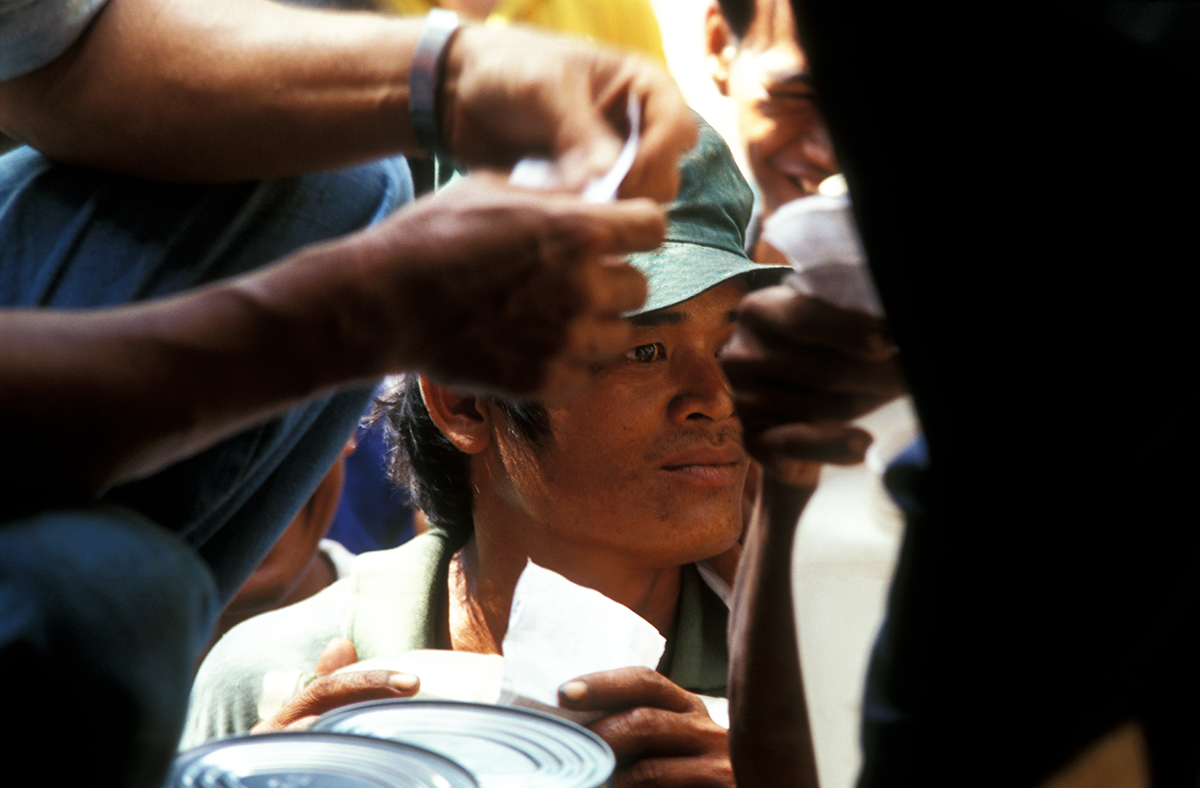
Cambodia - Ruby Mining.
Most of the ruby mines are located in the densely forested areas. Cambodia is one of the most dangerous areas in the world to mine mainly due to landmines. Miners will use high pressure water aimed directly at the ground to break up the earth into smaller, more manageable chunks. The water also helps serve to begin to loosen the chunks and create mud. The mud then goes through a piece of equipment that separates the materials based on weight, so anything that is light will be washed away, leaving the heavy pieces to be inspected more closely.

Ruby mining in Cambodia takes place largely in densely forested regions, many of which are considered among the most dangerous mining areas in the world due to the presence of landmines left from past conflicts. The risk of accidental detonation is a constant threat, making the search for precious stones a hazardous occupation.
The mining process typically begins with miners directing high-pressure water jets at the ground. This force breaks apart compacted earth into smaller, more manageable fragments, while also helping to loosen material and create a slurry of mud. The muddy mixture is then channelled into specialised equipment designed to separate materials according to weight.

In this process, lighter soil and debris are washed away with the flowing water, leaving behind the heavier fragments. These heavier pieces—potentially containing rubies—are carefully collected for inspection. Each piece must be examined closely, as uncut rubies can be difficult to distinguish from other stones in their raw form.
Despite the dangers and difficult working conditions, ruby mining remains a source of income for many in rural Cambodia. For some, the possibility of uncovering a valuable gem outweighs the risks, making it both a livelihood and a gamble in one of the most perilous mining environments on earth.
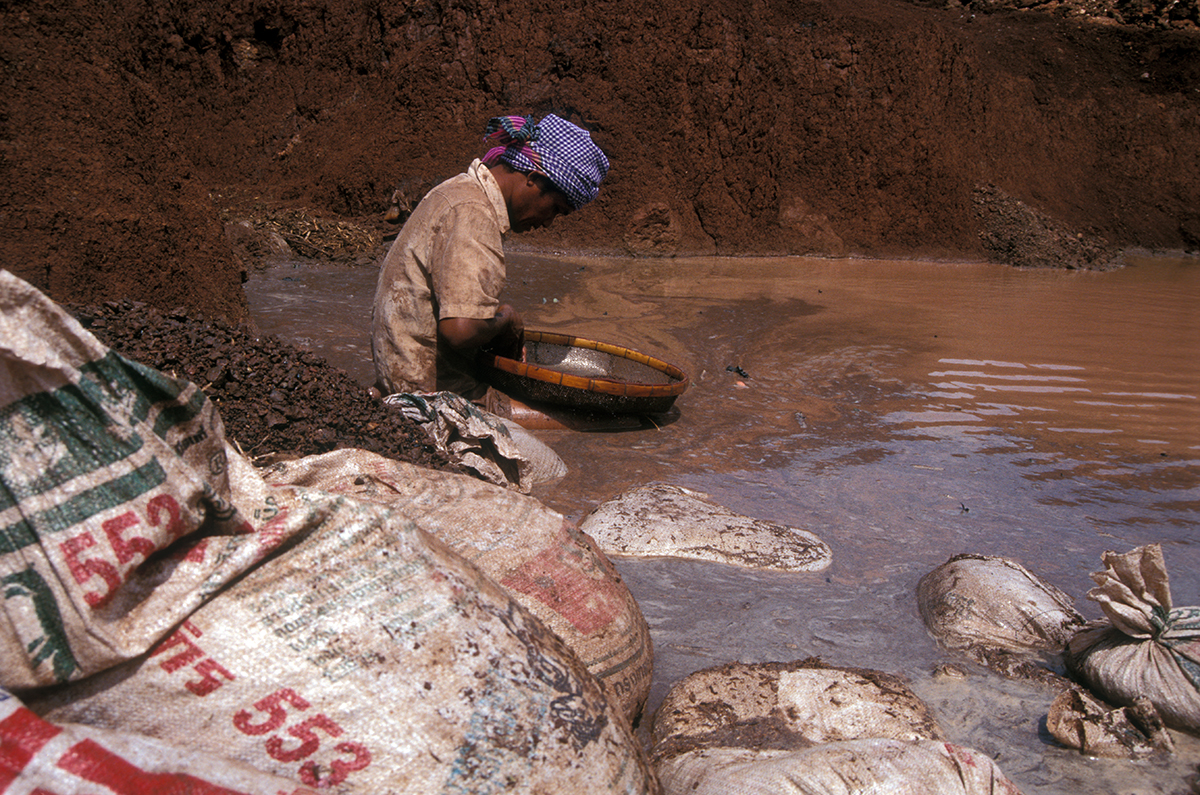
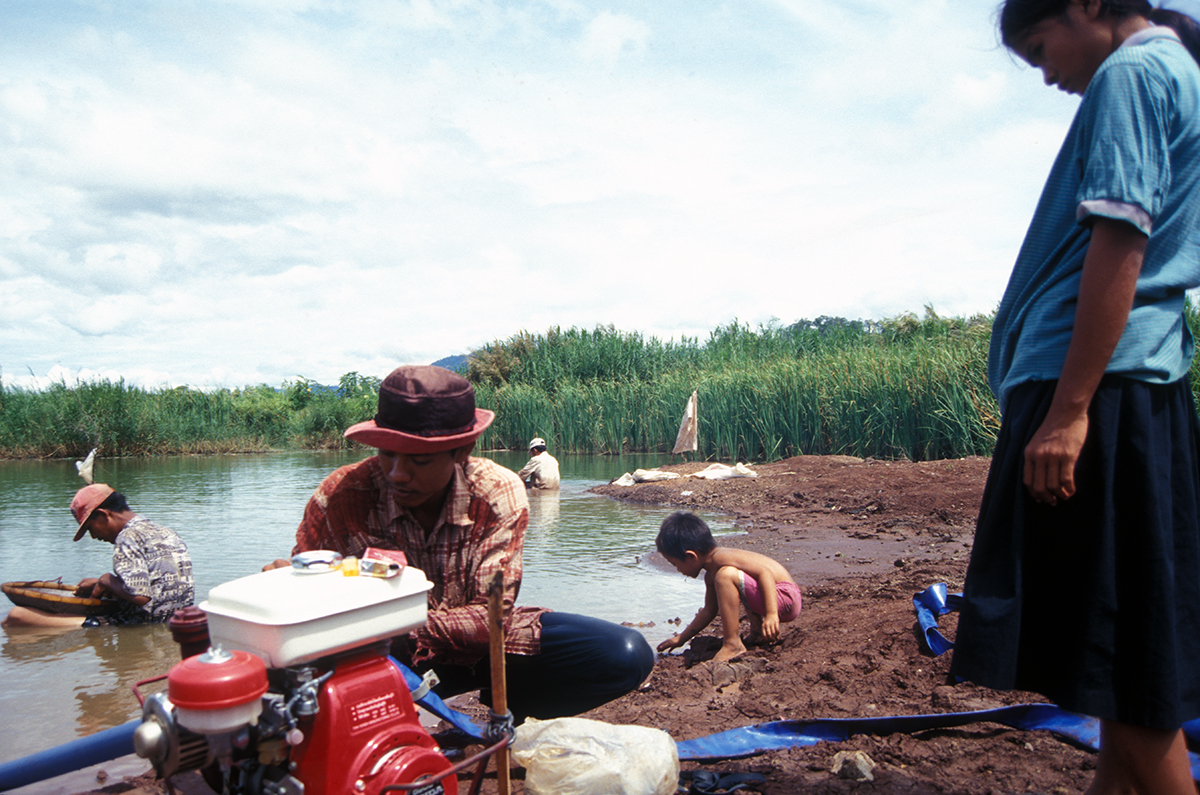


Medicine
In rural Cambodia, access to medicine is limited, with many villages far from hospitals or pharmacies. Health services often rely on small clinics, travelling health workers, or traditional healers using herbal remedies. Poor infrastructure and low income mean modern treatments can be unaffordable or unavailable, especially during emergencies. Preventable illnesses such as malaria, diarrhoea, and respiratory infections remain common. Some NGOs operate mobile medical units, bringing basic care, vaccinations, and health education to isolated communities. For many rural Cambodians, healthcare is a mix of tradition and necessity, shaped by distance, poverty, and the ongoing challenge of reaching modern medical resources.



Cambodian Mine Action Center (CMAC) CMAC was established during the United Nations Transitional Authority in Cambodia (UNTAC) in 1992, in order to assist the safe return of thousands of refugees to their homelands across the country. Recognizing that the large number of landmines and UXO across Cambodia was a significant threat to post conflict reconstruction and continuing development, CMAC became an autonomous national organization in 2000 and developed a series of programs including landmine awareness, landmine field information, landmine and UXO clearance and training in landmine clearance to achieve the safe transition to peace and security for the people of Cambodia. CMAC

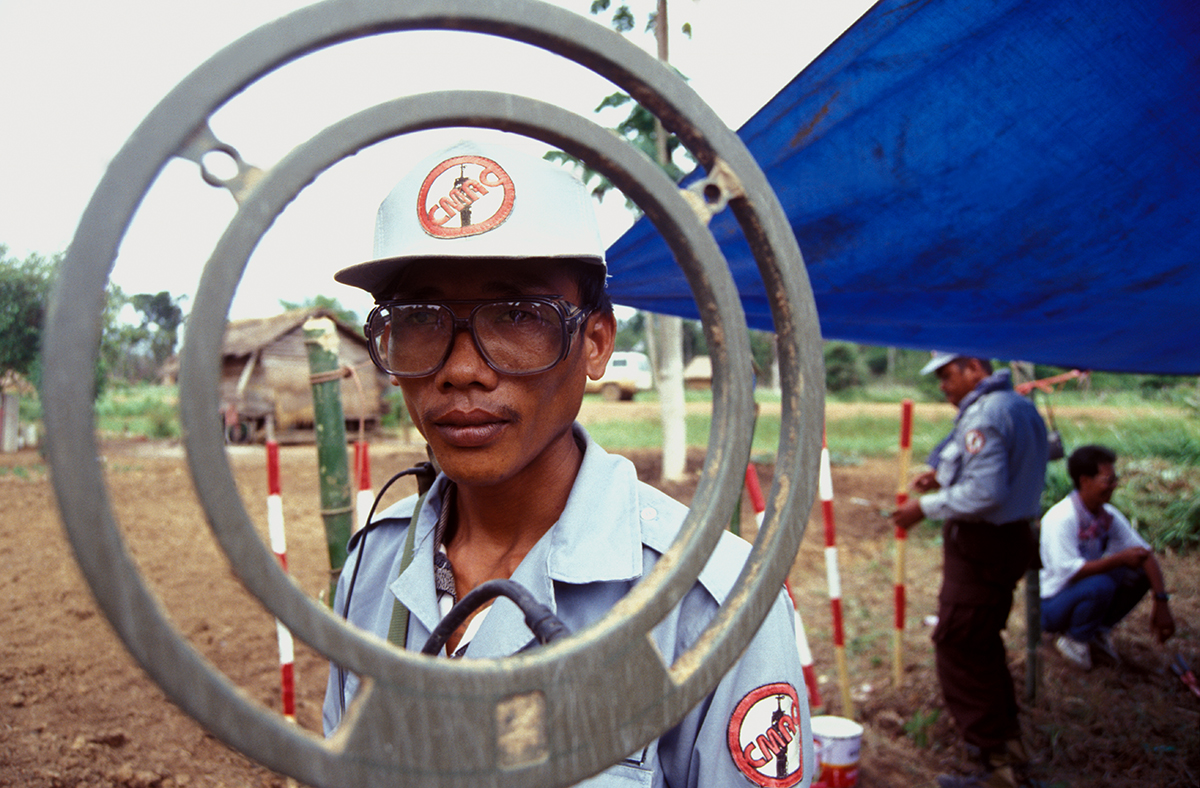
The Cambodian Mine Action Center (CMAC) is the country’s leading organisation dedicated to clearing landmines and unexploded ordnance left from decades of conflict. Established to address one of Cambodia’s most pressing post-war challenges, CMAC operates across heavily contaminated rural areas, where landmines continue to threaten lives and hinder development. Its work includes surveying hazardous zones, safely removing and destroying explosives, and providing mine risk education to local communities. By clearing farmland, pathways, and village areas, CMAC not only prevents accidents but also restores land for agriculture and settlement. Supported by national and international partners, CMAC plays a crucial role in Cambodia’s recovery, safety, and long-term economic growth.
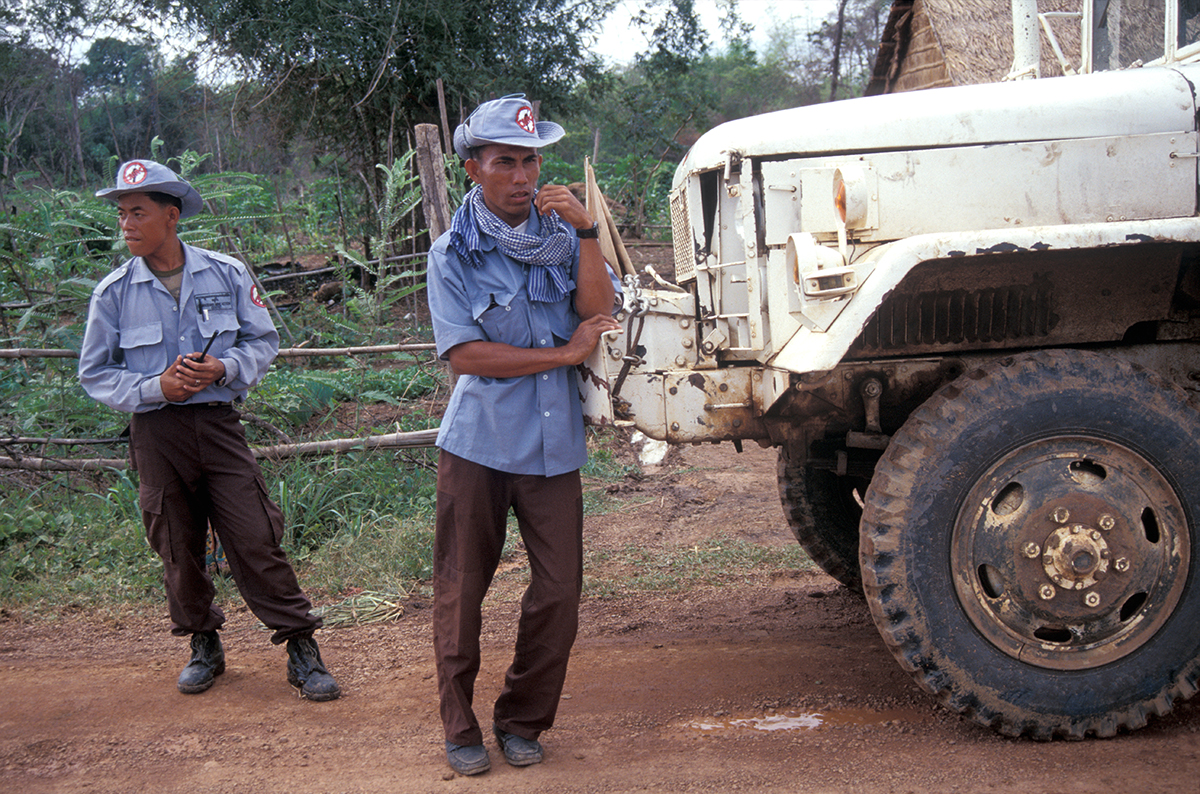

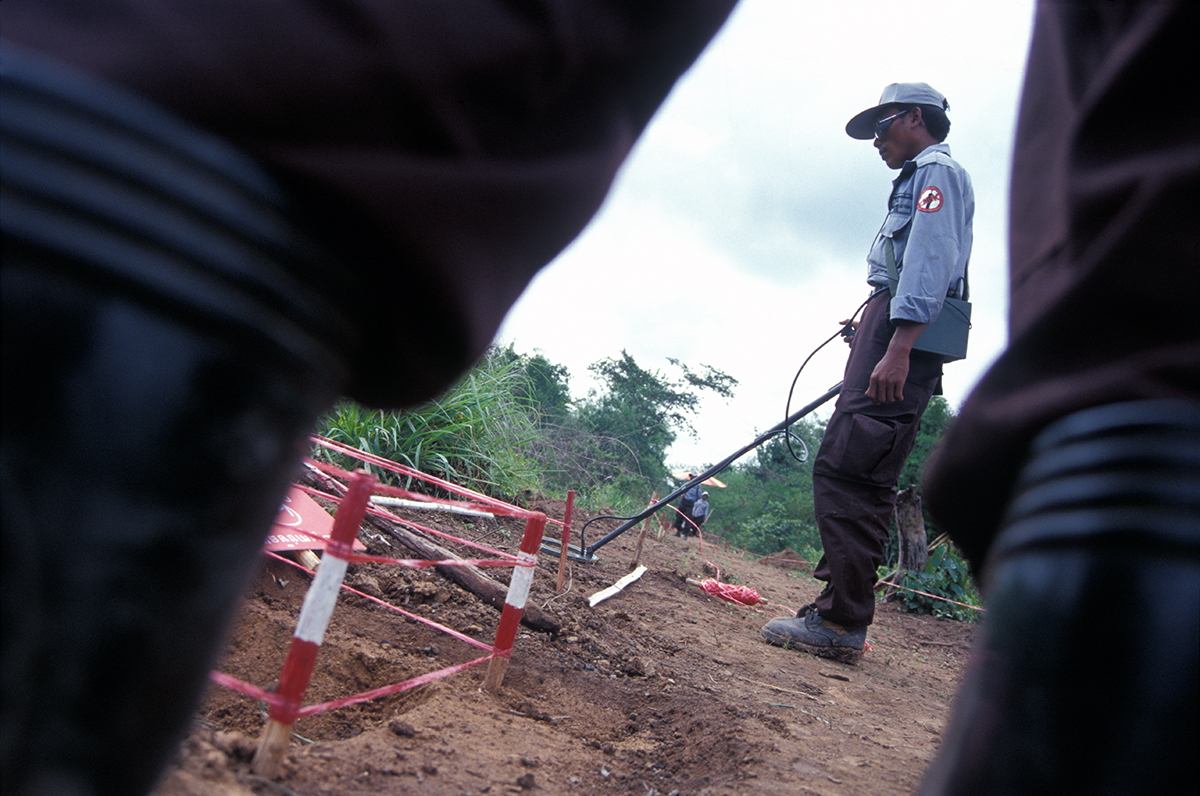
Rural Cambodia is home to the majority of the country’s population, with villages scattered among rice fields, forests, and rivers. Life is centred on agriculture, particularly rice farming, alongside fishing and small-scale livestock rearing. Many communities face limited access to clean water, healthcare, and education, relying on simple tools and traditional methods. Seasonal changes and unpredictable weather heavily influence livelihoods, with the dry season often bringing water shortages. Despite economic hardship, rural life is marked by strong community ties, shared labour during planting and harvest, and cultural traditions that remain deeply rooted in daily life and local celebrations.
